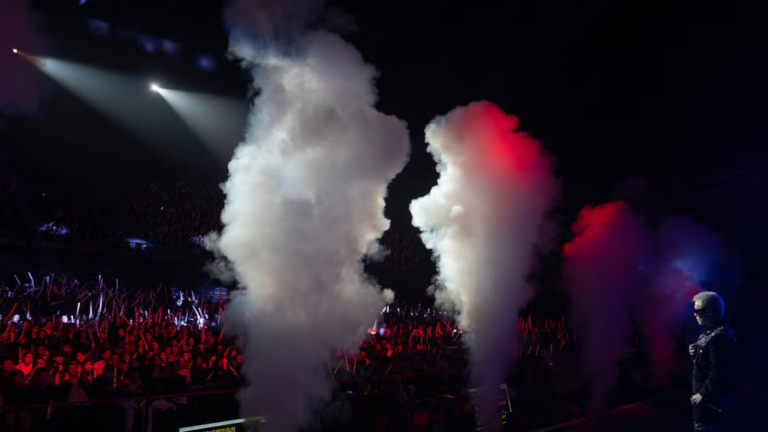In 2018, Chinese media censors issued a directive to the entertainment industry: avoid featuring artists with tattoos and those representing hip-hop or any subculture. Shortly afterward, popular rapper GAI was abruptly pulled from a major singing competition, sparking fears that hip-hop in China was facing a ban.
This came after a year of remarkable success for the genre, highlighted by a hit TV competition show that propelled new hip-hop stars to national fame. Previously, many of these rappers had been performing in small bars with little financial support, but they suddenly became household names.
The censorship directive created a temporary silence, with rappers disappearing from variety shows and singing competitions. However, by the end of 2018, hip-hop was back in the spotlight. Despite initial fears, the genre’s popularity proved too strong to suppress. Nathanel Amar, a researcher at the French Centre for Research on Contemporary China, noted, “They couldn’t censor the whole genre.”
Since then, hip-hop has continued to grow in China, finding a balance between creative expression and adhering to government restrictions. Musicians are optimistic about a “golden age” for the genre. Much of this energy is centered in Chengdu, Sichuan, where acts like Wang Yitai, Higher Brothers, and Vava have brought Chinese rap into the mainstream, performing in both Mandarin and local dialects.
Sichuan’s dialect, softer than Mandarin and rich in rhymes, is well-suited to rap. Kidway, a 25-year-old rapper from near Chengdu, explained, “In Sichuanese, there are many rhymes for words like ‘gang,’ making it ideal for rap.”
Chengdu’s hip-hop scene has roots in the Chengdu Rap House (CDC), founded by Boss X, affectionately known as “Xie laober.” The city has embraced rap, transitioning from underground performances in shabby apartments to stadium shows for thousands.
Haysen Cheng, a 24-year-old rapper from Hong Kong, moved to Chengdu in 2021 and experienced overwhelming support. “They showed me more love in three or four months than I ever received in Hong Kong,” he said.
Mainstream success has led to the decline of the underground scene. Chengdu’s once-famous rap battles have largely disappeared, as freestyling often involves language deemed unacceptable by authorities. Now, artists use digital platforms like Douyin (the Chinese version of TikTok) to share their music.
“The Rap of China,” a talent competition/reality TV show, played a pivotal role in popularizing Chinese rap. Its first season drew 2.5 billion views online, introducing rap to households nationwide. However, after a controversy involving winner PG One, censors clamped down, and the show was briefly removed.
Despite this, a rebranded second season aired, marking a cautious approval from regulators. Hip-hop artists had to avoid references to drugs and sex but could otherwise continue their work. This compromise allowed the genre to thrive while adhering to censorship rules.
Some artists, like GAI, have embraced patriotic themes. GAI, who once dissed other rappers, now sings about China’s history on national broadcasts. This adaptation has driven creative innovation, but the quest to develop an authentic Chinese brand of rap continues. Originating in New York’s tough neighborhoods, hip-hop in China is still finding its unique voice.

